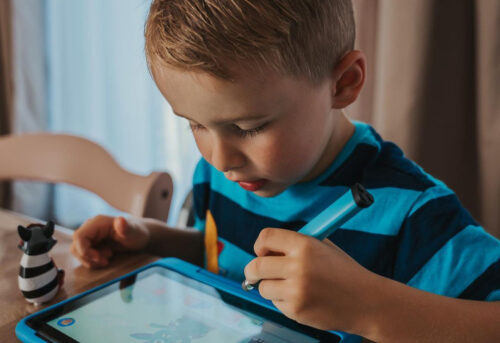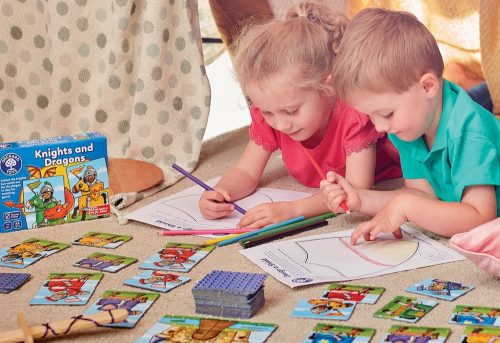Ages and stages of learning
Year 1: Learn how to tell the time to the hour and half hour and be able to draw the hands on the clock face to show these times.
Year 2: Tell and write the time to five minutes, including quarter to/past to the hour and draw the hands on a clock face to show these times. Know the number of minutes in an hour and the number of hours in a day.
Year 3: Tell and write the time from an analogue clock, including using Roman numerals from I to XII and 12-hour and 24-hour clocks. Estimate and read time with increasing accuracy to the nearest minute; record and compare time in terms of seconds, minutes and hours; use vocabulary such as o’clock, a.m. / p.m., morning, afternoon, noon and midnight. Know the number of seconds in a minute.
5 top learning tips
1. Nowadays we are surrounded by digital clocks, but it is much easier to learn how to tell the time on an analogue clock. Try to have an analogue clock somewhere where your child can easily see it. If you don’t have a wall analogue clock, you can use a wrist watch and place it next to your child. Or there are apps available to turn your digital device into an analogue clock.
2. At the beginning of each day, go through that day’s activities with your child. Talk through the timings, showing them on the clock when you will start each new activity. This will also help to give you and your child structure.
3. Counting is a very important part of being able to tell the time. Practice with your child counting up to 30 and also their five times table, once they have become more confident.
4. Draw activities around a clock face to help explain the concept of time throughout the day. For instance, draw a sandwich when you would have lunch; draw a teddy bear at bedtime and so on.
5. For older children in Years 3 and 4, a useful activity is to encourage them to fill in an analogue clock and then write on the outside the corresponding 24 hour clock. To test their knowledge. you can fill in half of the clock (both the 12 hour and 24 hour clocks) and ask them to complete the rest.
Please share any handy tips on how to tell the time @rotarywatches on Instagram, Facebook or Twitter!
Visit www.rotarywatches.com











